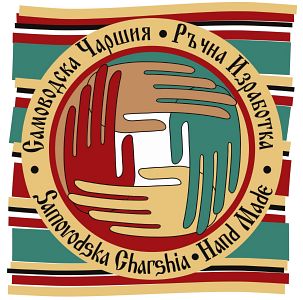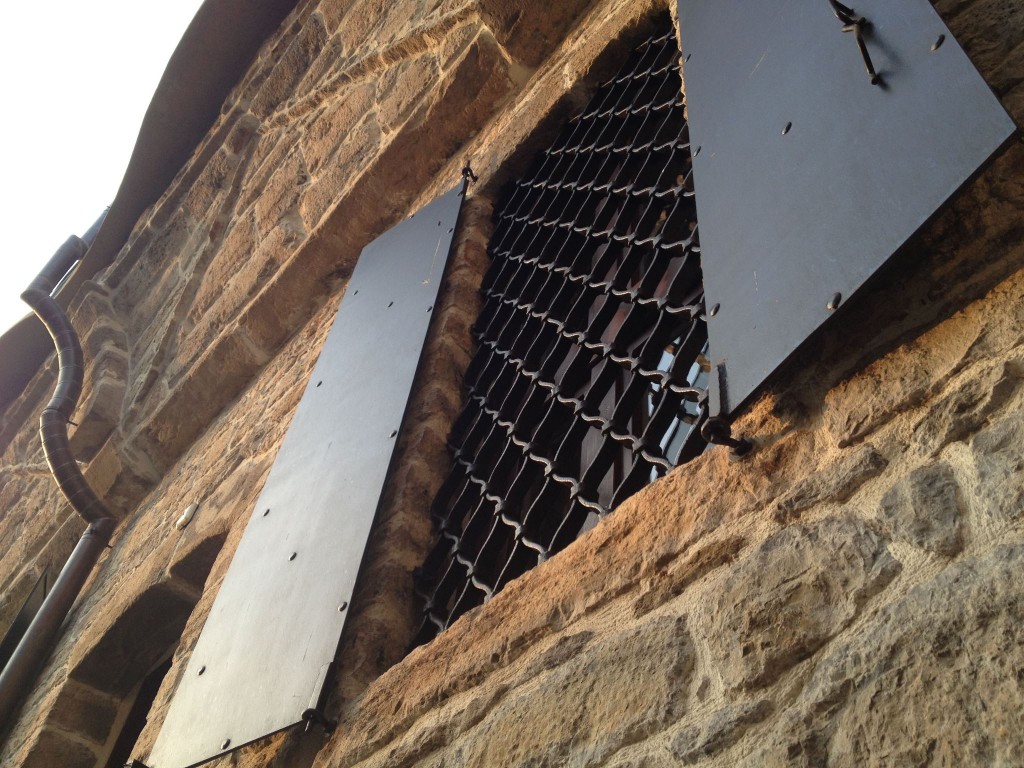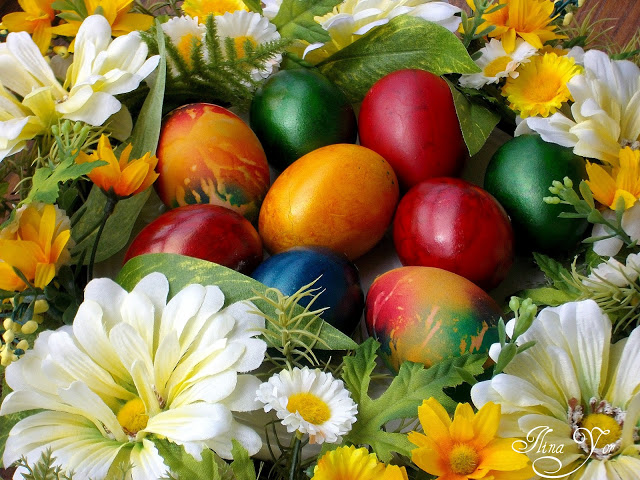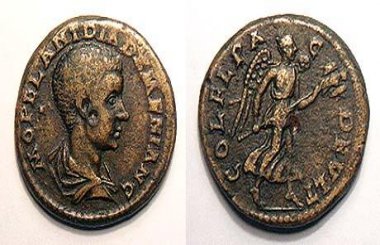
Sometimes we get people coming through the door at our Bulgarian properties agency, who ask directions to this famous Veliko Tarnovo street.
Luckily our office is not only next to the famous HOUSE WITH THE MONKEY, but SAMOVODSKA Charshia is just down the street.
The picture you see on the left is the recently designed logo of the Samovodska Charshia, given to craftsmen and artisans at the street and a sign that is all hand-made right there in the shop you buy it from.
The logo is designed by Damyan Bumbalov, a resident Veliko Tarnovian artist, who is also co-running the Taralezh Art Gallery.
So how did this street came about? This was a street, where you could find everything. Especially on Wednesdays and Fridays, which were and still are regarded as market days here.
In the second half of the 19th century, when Veliko Tarnovo began to grow to the west of Bazhdarlick Square, the Samovodska Charshia developed as an economic centre. Women from the nearby village of Samovodene used to come here on market days, put down small rugs before them, pile their vegetables and sell them. This is where its name came from, the Samovodene Market. Along the pavements from the bakery to Hadzhi Nikoli Inn village women from Belyakovets sold milk, butter and cheese.
On market days it was one of the most lively places in the town. It consisted of two streets lined with shops, craftsmen workshops and inns. One of them began at a small square known as Oun (the name originates from Turkish meaning flour) Pazar (today Samovodska Charshia Square), and continued along the street which led to the Dryanovo Inn (at the place of the “Modern Theatre” Cinema, recently demolished). There were many other inns hereabouts, those of Hadzhi David and Hadzhi Veliko, Atanas Yonoolou’s and Hadzhi Nikoli’s, a grocer’s shop, a sandal maker, blacksmith and other craftsmen’s shops and workshops.
After the Liberation from Ottoman rule, this part of the town kept its traditions as a craftsmen market during the National Revival period. Its architectural aspect is formed by stone walls with large double gates, old Veliko Tarnovo property and traditional Bulgarian houses with glazed verandas and balconies overlooking the market and the street, surrounded by lovely wrought iron parapets.

There were three bakeries here for simit (circular bread), special round flat loaves of bread called pitti, bread rings, etc. The bakers made kadaif, a Turkish pastry, halva, a sweet made from sesame, and sold popcorn, boza, a local drink made from fermented millet seed, and home-made pickles.
There were more shops and workshops, huddled close together along the street leading from the Samovodska Charshia to the Dryanovo Inn, where you could find a slipper-maker, a knitter, a tailor who made trousers, a grocer, a blacksmith, the kafedzhiya who sold Turkish coffee, and a barber.
The shops which formed the façade of the Hadji Nikoli Inn housed a cotton ginner, a grocer, a jeweller, another kafedzhiya and a shekerdzhiya (a confectioner).
Alongside the craftsmen’s workshops, there were the smaller shops, where flour, bran, cereals, as well as wine were sold. Up until the ’30s of the 20th century wooden red sheds opposite Hadji Nikoli Inn housed tanners, sandal-makers from Asenova Mahala, who sold their whips, saddles, sandals, shoes and anything made of leather.
The old traditions connected with this part of the Revival period, and the wish to revive the national crafts as part of the Bulgarian artistic heritage led to the idea of restoring the craftsmen marketplace.
Today it is a living museum in Veliko Tarnovo. The centre consists of restored Bulgaria homes from the National Revival and Post-Liberation periods, dating back to the second half to the end of the 19th century.
There are various craftsmen workshops at work in the Samovodska Charshia today: a potter, an armourer, a coppersmith, a carver, a confectioner, a weaver, an icon painter’s studio, a photographer, a workshop where kadaif is made, and a bakery. In this way the centre recreates the atmosphere of the first decades of the 20th century.






